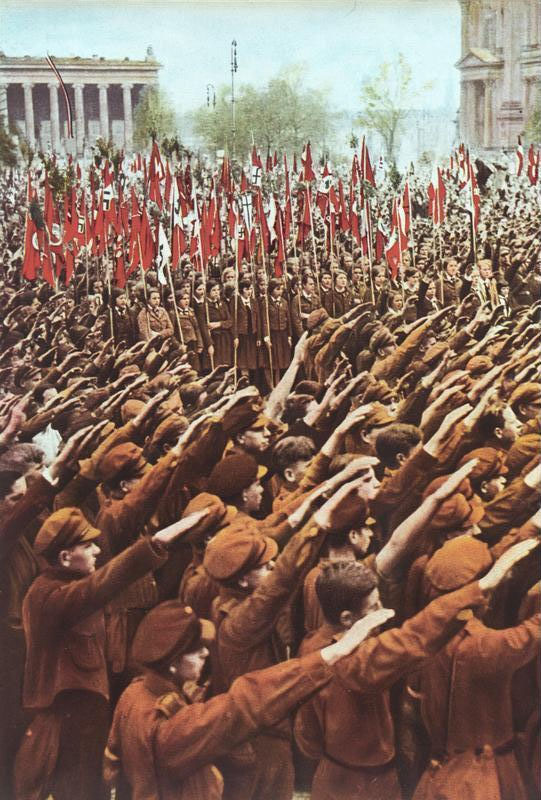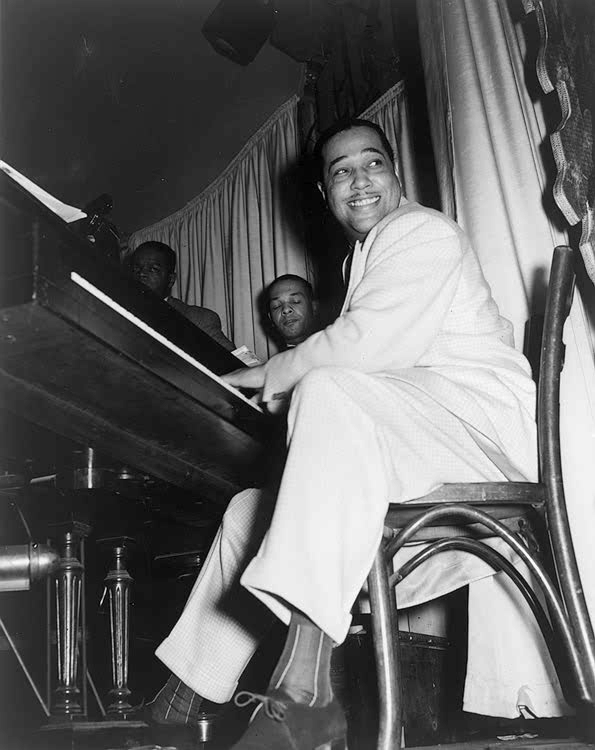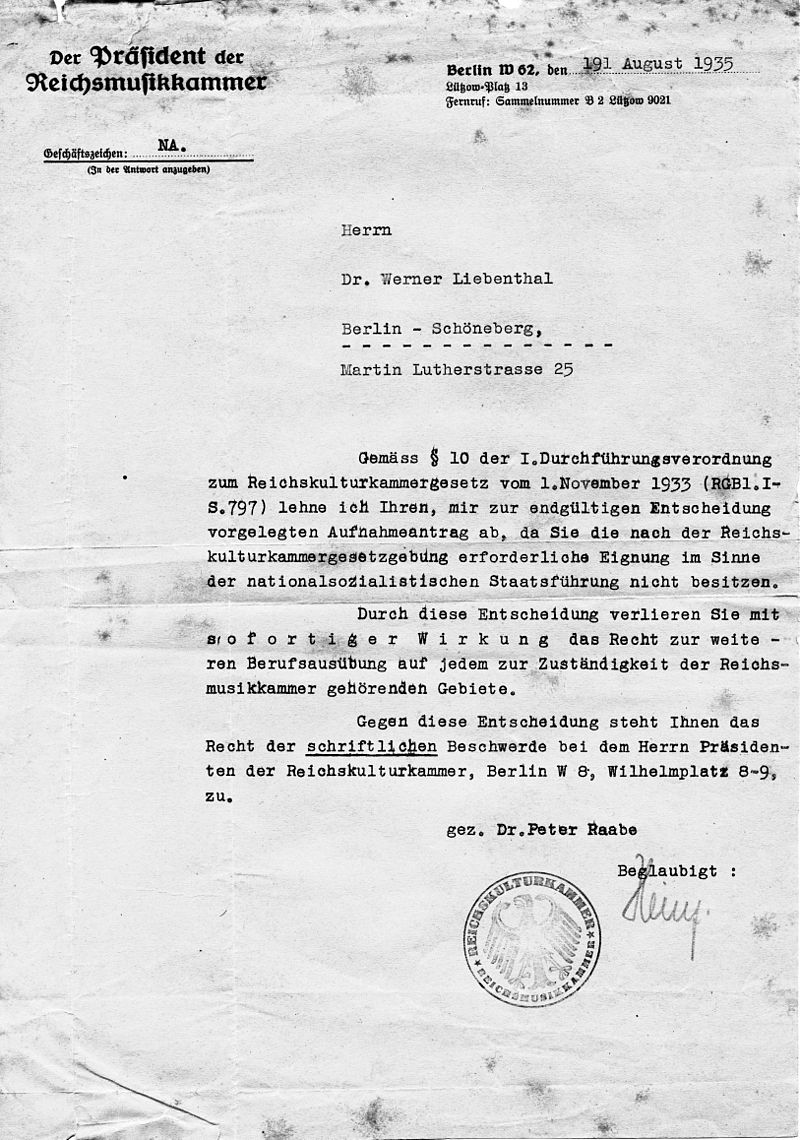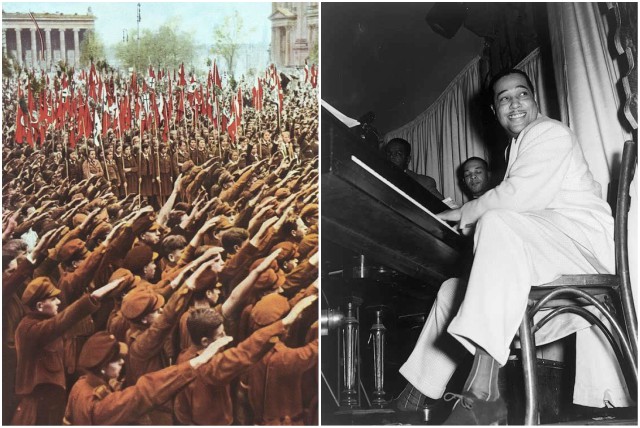Resistance against Nazism was undertaken by less than one percent of the German population.
There were different levels of resistance to Nazism: starting at the bottom with mild forms of nonconformist behavior such as refusal to give the Nazi salute, listening to the BBC, and telling anti-Hitler jokes; moving upwards towards opposition activities such as refusing to join the Hitler Youth, going on strike, and protesting in public against the regime.

One of those nonconformist groups was the Swing Youth (Swingjugend), a group of jazz and swing lovers in Germany in the 1930s, mainly based in Hamburg and Berlin. The newest style of jazz, swing, brought forth a renewed interest in jazz across the world, even in Nazi Germany. The swing youth were mostly teenagers between 14 and 19 from middle and, especially in Hamburg, upper-class families.
The Swing Youth tried to imitate British and American culture. They rented out private halls and wore American fashion as a political statement. Sometimes, the boys even wore Union Jack pins on their lapels. They also liked to carry around umbrellas whatever the weather and to smoke pipes. The slang of the German Swing Kids incorporated as many Americanisms or English phrases as possible.
They called themselves “Swing Boys,” “Old-Hot-Boys,” “Swing-Girls.” They used the name Swingjugend as a parody of the numerous youth groups that were organized by the Nazis, such as Hitlerjugend.
Despite discrimination against jazz music and jazz culture in the Third Reich, swing found an enthusiastic and dance-hungry audience in Nazi Germany. Radio also had a role in the popularity of jazz. In 1926, the radio began to regularly play jazz music, and as time progressed, by 1930, artists such as Louis Armstrong, Duke Ellington, Paul Godwin’s band, Red Nichols, and Peter Kreuder became popular with German audiences.

The Swing Boys and Swing Girls were considered to be a threat to Nazi ideology and jazz music was considered to be offensive since it was often performed by blacks and a number of Jewish musicians.
The Nazis called it “Negro Music” or “Degenerate music” and they pursued and banned the broadcasting of jazz on German radio. Many crucial British and American jazz players began to leave the country as they faced increasing xenophobic harassment from colleagues and authorities.
The Gestapo, the police, and other governmental organizations proceeded with special cruelty against the swing movement in Hamburg since the city was considered to be the center of the Swingjugend.

Over 300 Swingjugend were arrested on 18 August 1941 in a brutal police operation. The Nazis would cut their hair and send them back to school under close monitoring. By the 1940s, the Swing Youth became such an ideological problem for the Nazis that they began to send members to concentration camps.
Between 40 and 70 of Hamburg’s Swing Boys and Swing Girls were deported to various Nazi camps. The boys were sent to the male camp Moringen, while the girls were sent to the female camp Uckermark. Many of them died because of the inhumane treatment and conditions of their imprisonment.
